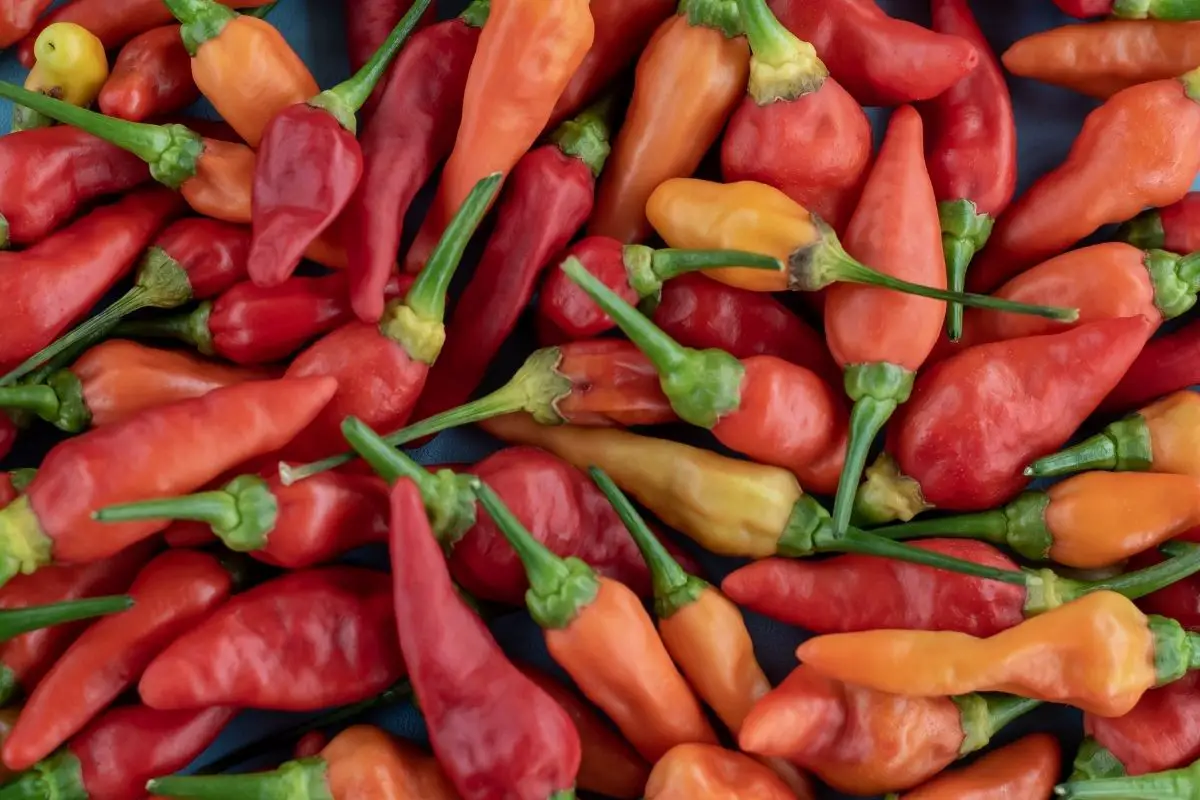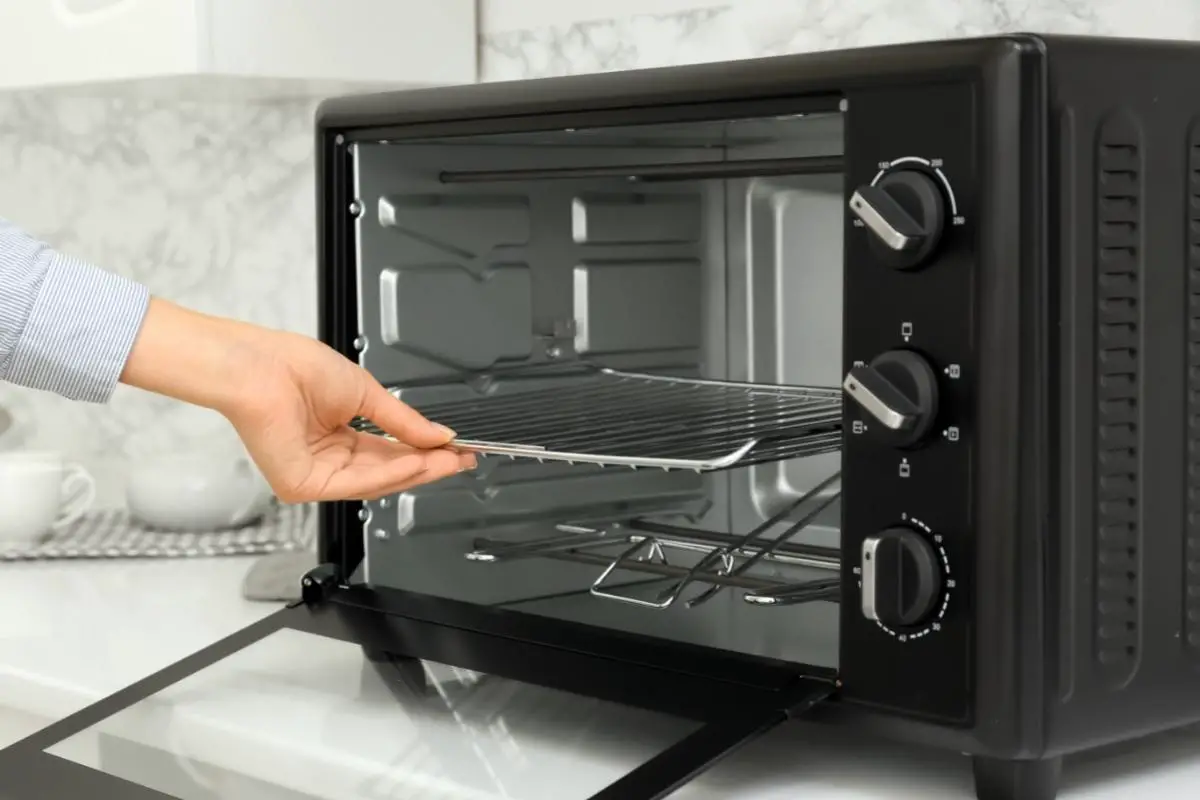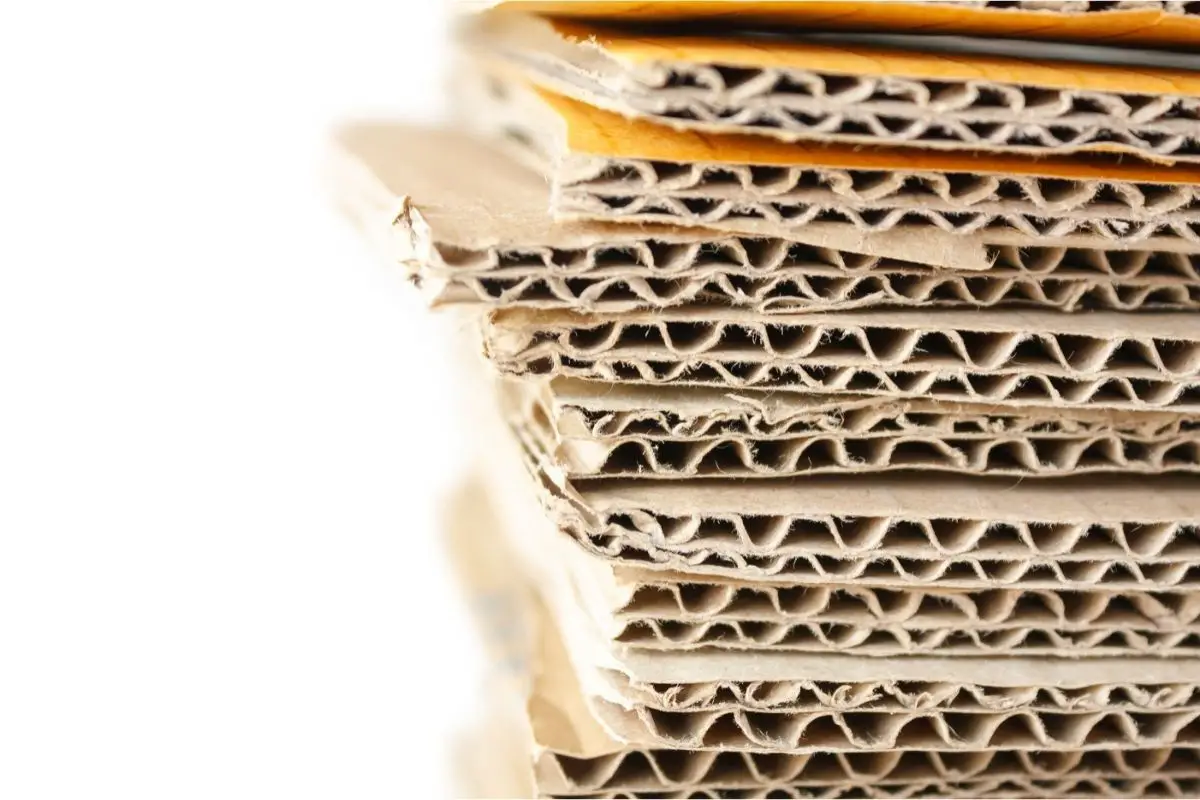If you are a foodie who has visited Thailand, I am doubtless that you will have wandered around the local markets, and marvelled at all the novel fruits and vegetables that you’ve never seen in grocery stores in the US.
The Thai fruit market is one of my favorite places to visit when travelling through Bangkok. There are so many exotic looking fruits and veggies that I can’t help but wonder what they taste like.
One of the most popular items on display is ‘ngaw’ (which literally translates as “rambutan” or “tiger paw”) which looks sort of like overgrown lychee. It’s also known as a “tangerine-sized kiwi”.
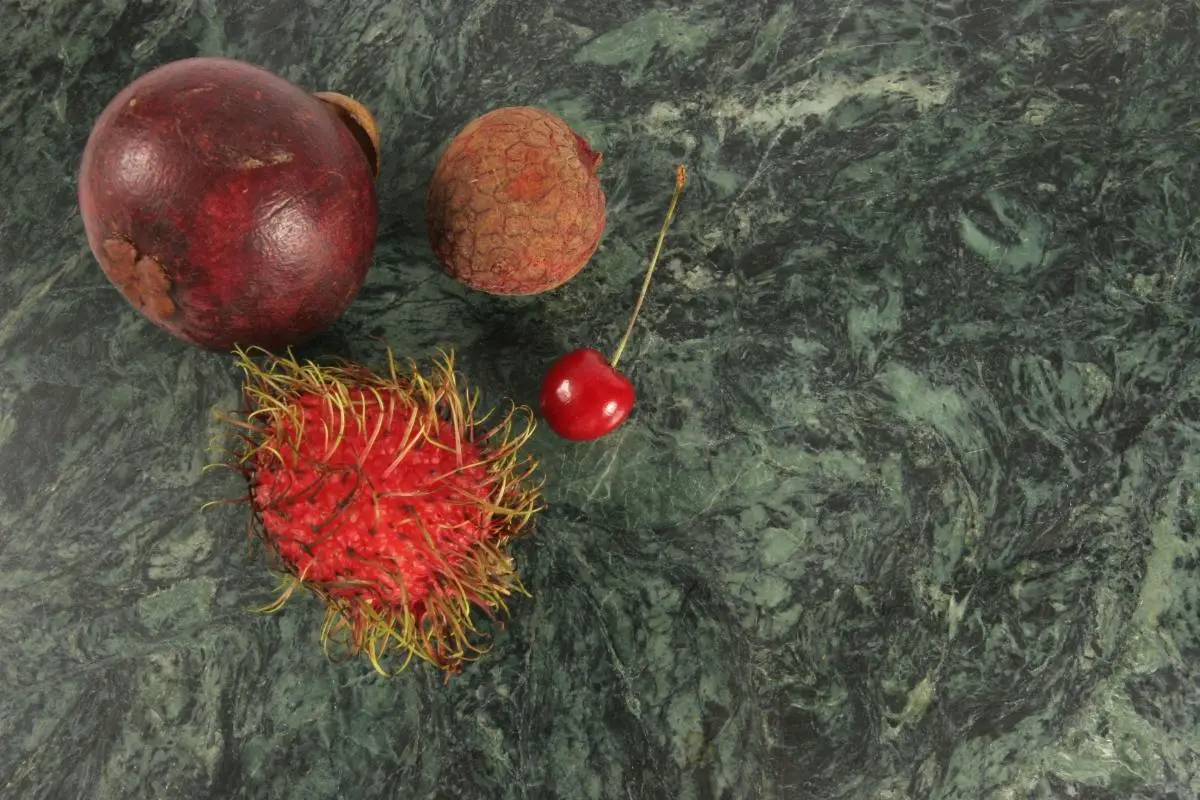
When you peel a rambutan, it looks considerably like lychee – having the same white translucent flesh, and a similar shape. They both belong to the same family, Sapindaceae, explaining some of their similar features.
So, you’re probably wondering what actually makes these two fruits different? Well, we’re going to explain just that in this article. Read on to find out more.
What Actually Is A Rambutan?
First things first, we should clear up what a rambutan actually is – it is not a tangerine! Rambutan is a tropical Asian fruit with thick skin that resembles a tiger’s paw – due to the orange-colored wiry hairs, which resemble the claw of a cat.
Although it may look like a strange animal, the rambutan is actually a member of the Sapindaceae family, alongside other fruits such as the lychee, pulasan, and mamoncillo. This means that it belongs to the same genus as oranges and lemons.
However, unlike those other members of the tropical fruit family, the rambutan is quite a lot bigger, about the size of mandarin orange.
The rambutan’s soft flesh contains a lot of sugar, making it sweet and juicy. If you are wanting to try a rambutan, then you should aim for being in Thailand in the heights of the warmer weather – think June until September – as this is their fruiting season.
If you don’t feel like trekking out all the way to Thailand just to try a fruit, then you do have the option to order them from specialist retailers here in the US. But, when you eat them, do be sure to avoid both the skin and the seeds – as only the flesh is safe to eat.
What Is A Lychee?
You are probably more familiar with lychee than you are with a rambutan, but if you are unaware of this delicious little fruit, then we will take a second to explain it.
Lychee is a tropical fruit native to Southeast Asia. It belongs to the genus Litchi, which means “lychee”, and its species name comes from the Latin word for “wolf”. These luscious fruits grow on trees and are usually about the size of a chestnut.
They are covered with a thin skin called the pericarp, which contains the edible part of the fruit. The inside of the lychee is filled with sweet, juicy seeds called arils.
There are several varieties of lychees, including the common ones, such as Red, Pink, White and Yellow. Another variety is the Black Diamond Lychee, which is very rare and expensive. A lychee tree produces only one type of fruit every year, which explains why there are no seedless lychees – it would mean that the trees would die out very fast!.
Comparing The Two Fruits

Though there are a lot of similarities between the two fruits, there are also a number of differences that will help you to tell the two apart. These differences include:
- The color of the rambutan’s skin: Unlike lychee, the rambutan does not have a blackish tint to its skin. Instead, it has a bright orange coloring – giving it an autumnal appearance.
- The texture of the rambutan: The rambutan is much softer than lychee, making it easier to eat.
- The flavor of the rambutan: While lychee is often described as being sour, a rambutan is generally considered to be sweeter than lychee.
- The size of the rambutan: Typically, the rambutan fruits are bigger than a standard lychee fruit. The rambutan fruit is usually about the size of a golf ball when peeled, whereas the lychee is a lot more comparable to the size of a grape.
The rambutan is more difficult to peel: Differences in the skin mean that the lychee is easier to peel, and you can break the skin open using just your thumb. In contrast, the rambutan has to be peeled with the use of a sharp knife (occasionally you can twist the skin open, but this is only possible with really ripe fruit).
There are also similarities, though, such as:
- The flesh of the fruits: When peeled, the two fruits look really similar, though, with the skin on, the fruits look a lot more different, and can be distinguished more easily.
- Nutritionally, they are quite similar: The fruits are pretty similar when you look at the macro and micronutrients. They are both around 70 calories per 100 g and are a great source of vitamin C. In addition to this, lychees are a great source of the nutritional metal copper as well.
How To Eat A Rambutan
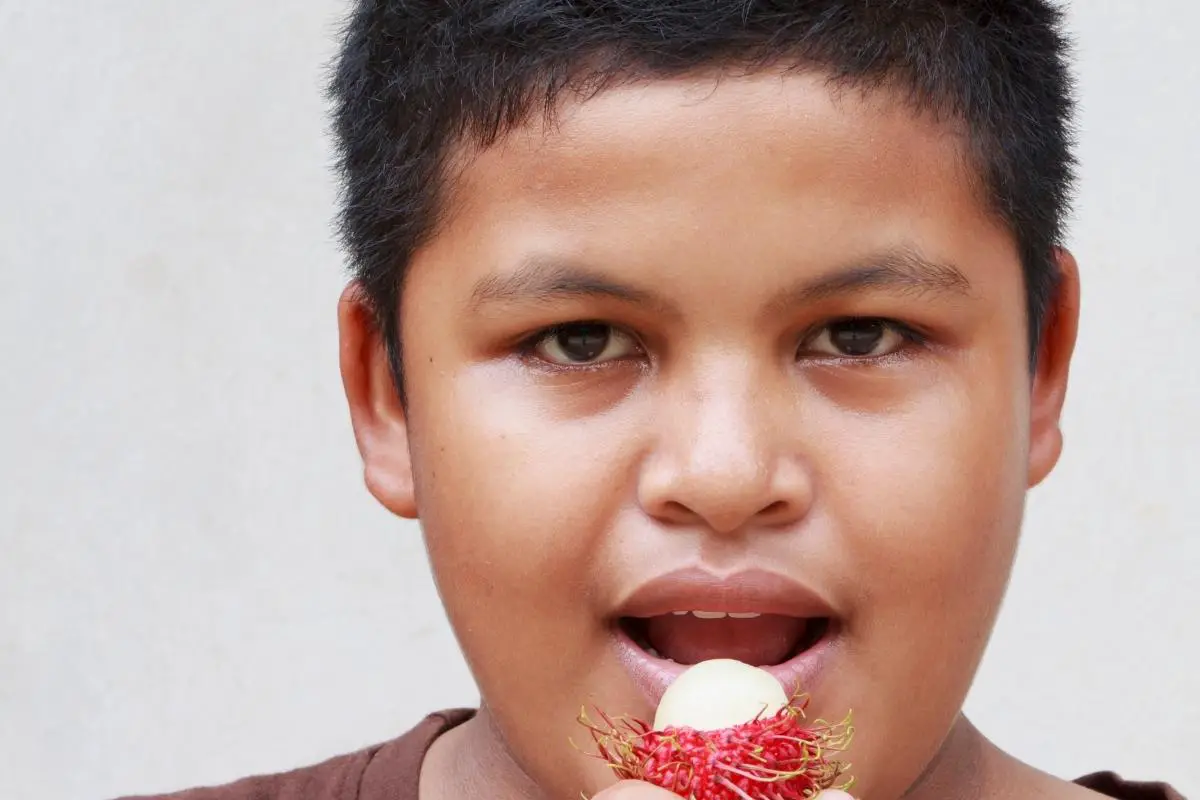
If you want to try eating a rambutan, here are a few tips:
1) Peel off the outer layer of the rambutan using your fingers.
2) Cut open the rambutan along its length, so that you can remove the inner layers.
3) Slice the rambutan into bite-sized pieces.
4) Dip them in some salt or sugar before serving.
5) Enjoy this delicious Thai treat!
Final Thoughts
In conclusion, the rambutan is an interesting fruit, and while it may seem like a strange choice, they are an incredibly popular food in Thailand. Both fruits actually make a perfect snack or healthy dessert.
If you’re looking for something new to try, then we’d recommend trying a rambutan instead of something that you are more familiar with, such as lychee.
- What goes good with fried shrimp for dinner? - November 17, 2022
- Best Heat Diffusers for a Gas Stove - November 16, 2022
- Can you boil potatoes too long for mashed potatoes? - November 15, 2022


